#urban wetlands
Text

Westerly Creek Denver, Colorado - May 18th 2023
30 notes
·
View notes
Text

canon af35m ii / fujifilm 400
#wetlands#florida#orlando#urban wetlands#35mm color film#35mm film#35mm photography#film is not dead#film photography#35mm#nature#saw palmetto#lake#pond#naturecore
5 notes
·
View notes
Text

Still Creek is one of my major urban photo projects. It is a creek running from Vancouver to Burnaby, BC, which winds through parks, commercial, residential and industrial areas until it reaches a small lake.
#Jim Roche#Landscape Photography#Burnaby#Vancouver Artisit#Vancouver Photographer#Creek#Urbal Landscape#Liminal Space#Urban Wetlands#Urban Waterways
18 notes
·
View notes
Text
CANADA - 12th Annual World Wetlands Day at the University of waterloo.

The World Wetlands Day 2024 at the University of Waterloo celeberation will start a dynamic poster session and reception, showcasing a visual array of research and insights dedicated to wetland conservation. Dr. Andrea Kirkwood will then deliver a distinguished lecture titled "The Value of Urban Wetlands" from 6:00 to 7:00 pm in EIT 1015. For a global audience unable to attend in person, the distinguished lecture will be livestreamed, ensuring broad participation in this enlightening discourse. Please register to attend the distinguished lecture or to receive the livestream
Country : Canada
Organizer : University of Waterloo, Canada
#University of waterloo#urban wetlands#ecohydrology#world wetlands day#wetlands#canada#public lecture
0 notes
Text
Bitterns in Russian cities masterpost

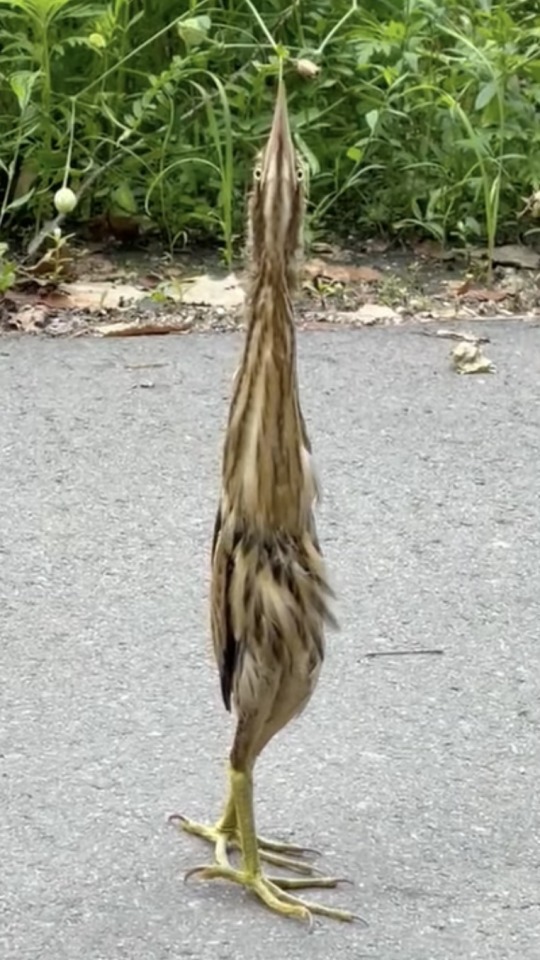

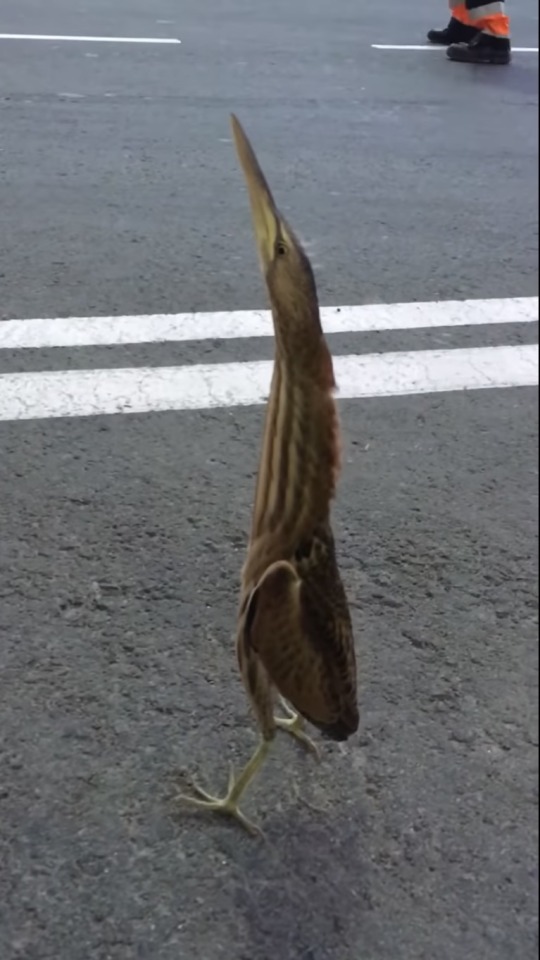


#how did they get there?#apparently lots of Russian cities are built on rivers and wetlands#so sometimes bitterns and other wetland birds will wander into urban areas#unfortunately their natural defense mechanism (standing completely still and pretending to be a reed) doesn't work there#greatest hits#op#birds#birdwatching#russia#bittern#eurasian bittern#выпь#птицы#русский tumblr#россия
711 notes
·
View notes
Photo


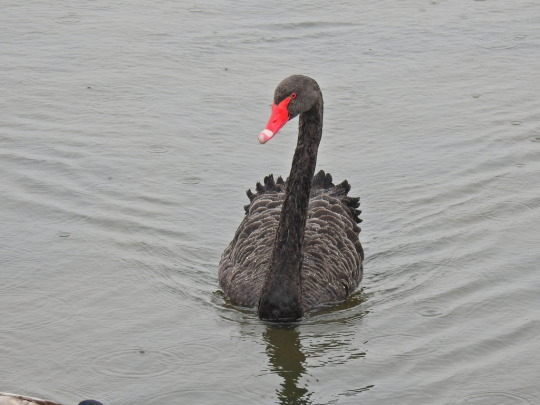
Surprising Black Swans
A popular ornamental waterbird in Europe and North America, the black swan (Cygnus atratus) is a species of swan endemic to Australia and New Zealand. In both their native and introduced ranges they can be found near bodies of fresh or salt water, especially lakes and wetlands with plenty of aquatic vegetation. The species is highly nomadic, and migrate based on yearly rainfall patterns.
Black swans are the second largest swan species, with a maximum weight of 9 kg (19.8 lbs) and a wingspan of 2 m (6.6 ft). Despite being smaller, black swans have the longest neck of any swan. Males, also known as cobs, are slight larger than females-- aka pens. As their name suggests, C. atratus has black plumage, although the flight feathers on their wings are white. The beak is a bright red with a white stripe, thought to be indication of an individuals health and sexual maturity.
Like all swans, the black swan mates for life. In addition to their high fidelity rates, C. atratus is also unique for its high rates of homosexual couples; about 25% of pairings are between individuals of the same sex (primarily males). These mates are known to steal eggs from other nests or form temporary ‘throuples’ with a member of the opposite sex, and some research has shown that homosexual couples are more than twice as likely to successfully raise their young as heterosexual couples.
The mating season for black swans occurs from February to September. While pairs are generally solitary, groups will nest in the same area to increase the chances of finding a mate and decrease the risk of predation. Pairs form when one an individual approaches another and initiates a ritual known as the Triumph Ceremony, in which the individual extends their wings and calls out. If the mate is receptive, they will repeat the gesture, and the pair will then go through a synchronous dance to solidify their pairing. This ceremony is repeated multiple times throughout each breeding season to strengthen the pair’s bond and affirm that between parent and chick.
Females lay 5 or 6 eggs in a clutch, and will alternate incubating them with her partner for 35 to 48 days. After hatching, the young- also known as cygnets- are fairly precocial but will stay in or near the nest for 2 to 3 weeks. It takes up to 6 months for them to completely lose their grey down and grow their adult plumage, though they remain with their family units for up to 9 months. Once they have fully fledged, juveniles join groups of other cygnets for 1-2 years, at which point they become sexually mature.
Black swans can present an intimidating threat to potential predators, so there are few animals that attack fully grown adults. However, eggs and young cygnets can be a target for ravens, birds of prey, and rodents. C. atratus themselves are herbivores and feed primarily on aquatic vegetation.
Conservation status: the IUCN has classified the black swan as Least Concern, and their native populations are stable.
If you like what I do, consider leaving a tip or buying me a ko-fi!
Photos
Damian Shaw
Richard Tommy Campion
Susan Marley via iNaturalist
#black swan#Anseriformes#Anatidae#swans#water fowl#fowl#water birds#birds#freshwater fauna#freshwater brids#lakes#lake birds#wetlands#wetland birds#urban fauna#urban birds#oceania#australia
315 notes
·
View notes
Photo
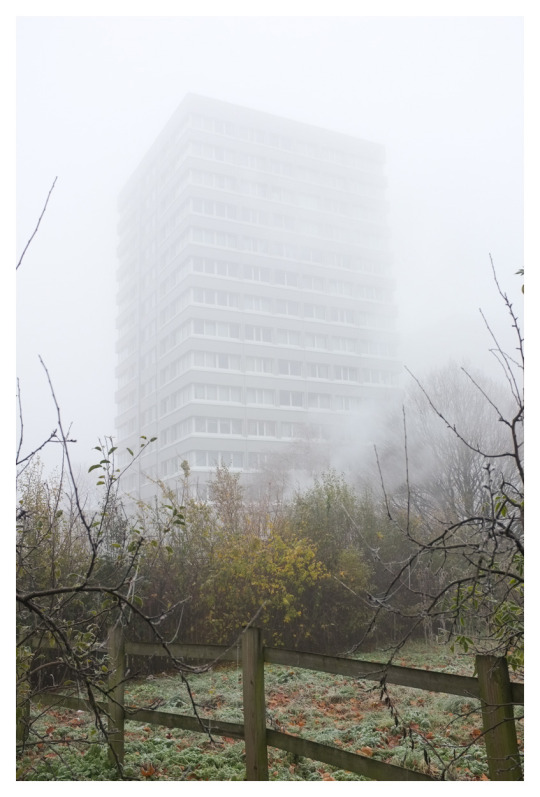

Wetlands
282 notes
·
View notes
Text
5 notes
·
View notes
Text

Wetlands Walk. Stratford, East London, August 2023.
#city photography#east london#iphone photography#london#original photographers#photographers on tumblr#photography#stratford#wetlands#wetlands walk#urban photography
14 notes
·
View notes
Text
Here’s a better idea.
Stop building shit on fucking floodplains and wetlands!
For fuckness’ sake!
#dougie rambles#personal stuff#buildings#building#urban planning#wetlands#floodplains#fuck’s sake#vent post
7 notes
·
View notes
Text

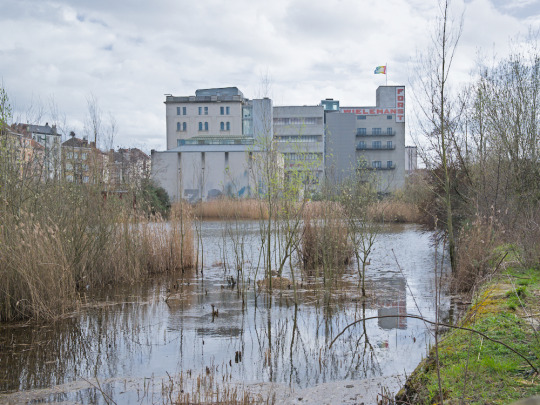






Marais Wiels, marsh in the middle of the city of Brussels, Belgium
#marais wiels#wiels#marsh#swamp#wetlands#city#photography#urbex#architecture#nature#city nature#brussels#belgium#urban nature#urban exploration#original photography#original photographers#photographers on tumblr#lensblr#pws#darktable#nikon z6
47 notes
·
View notes
Text

#mine#photography#aesthetic#grunge#nostalgia#american gothic#indie#urban#digicam#2000s#suburban#marjitea#grunge aesthetic#memorycore#weirdcore#emo#teencore#digital photography#photographers on tumblr#digital camera#2014#2014 tumblr#suburban gothic#rural gothic#nature#landscape#costal#small town#me#wetlands
4 notes
·
View notes
Text









#low qual pics#urban landscape#strange#city#streets#roads#messy#edge of the city#grassy#abandoned#rain#wetlands#truck#dog#cat#evening#decay#dirt#autumn 2022#september
16 notes
·
View notes
Text




Vatnsmýri, Reykjavík - October 6th 2023
8 notes
·
View notes
Text




























#portraitofaplace#california#sunset#bay area#san francisco#ocean#nature#cw: animal death#wetlands#tidal#graffiti#urban art
4 notes
·
View notes
Text

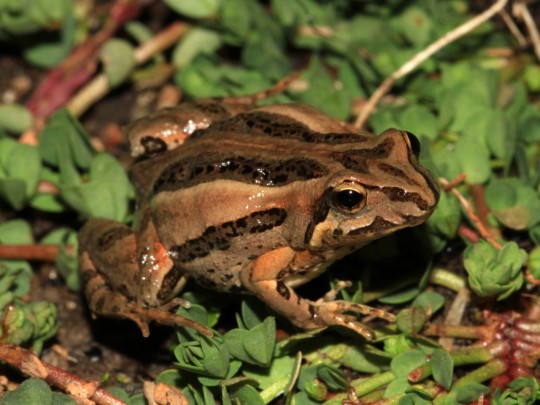
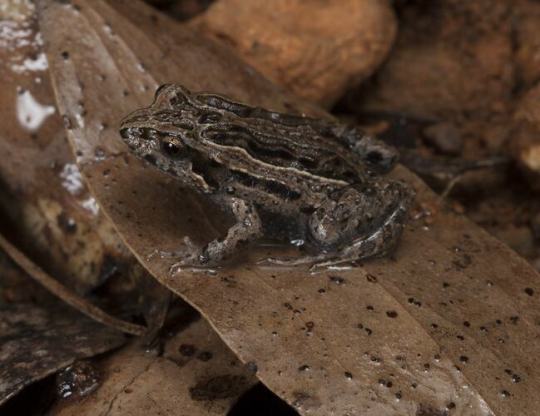

Commune with the Common Eastern Froglet
The common eastern froglet (Crinia signifera) is, as its name suggest, a widely encountered species of frog in eastern Australia, as well as the island of Tasmania. This species can be found in many habitats, including deciduous eucalyptus forests, wetlands, and agricultural and urban ponds and dams. During the dry season, froglets will also shelter under logs or leaf litter to prevent desiccation.
C. signifera is one of the smallest species of frog, reaching only 3 cm (1.2 in) in length. Most individuals are brown, but specific markings can vary widely from region to region; some have dark stripes while others take on a more mottled appearance, though generally the belly is lighter than the back and head. Because this species is largely terrestrial, they lack webbing on their toes.
Like most frogs, the common eastern froglet consumes primarily insects, especially mosqitoes, cockroaches, flies, and small spiders. In turn, the species is food for a wide variety of predators including larger frogs, fish, birds, and small rodents. Because C. signifera is active all year round, its distinctive cricket-like "Crick crick" call can be heard in every season, typically as males attempt to attract a mate, though their coloration and small size makes them difficult to find.
Under ideal conditions, C. signifera mates througout the year. Once a male has attracted a female, typically by being the loudest male in an area, he will climb on top of an inseminate her in a common position known as amplexus. Afterwards, the female will lay upwards of 200 eggs attatched to a leaf or stick at the water's surface level. Though these eggs are a popular snack for predators, it only takes about 10 days for them to hatch; afterwards, hundreds of tadpoles will occupy the water for anywhere from 6 weeks to 3 months. Fully mature adults leave the water to find food and mates, but will often stay close to their original breeding ground.
Conservation status: The IUCN considers the common eastern froglet to be of Least Concern. Though the species is threatened by habitat loss, it is remarkably resilient to the chytrid fungus which has devestated so many other Anuran species.
If you like what I do, consider leaving a tip or buying me a ko-fi!
Photos
Stephen Mahony
Matt Clancy
David Paul
George Vaugan
#common eastern froglet#Anura#Myobatrachidae#froglets#Australian ground frogs#frogs#amphibians#deciduous forests#deciduous forest amphibians#wetlands#wetland amphibians#urban fauna#urban amphibians#oceania#australia#east australia#biology#zoology#animal facts
105 notes
·
View notes